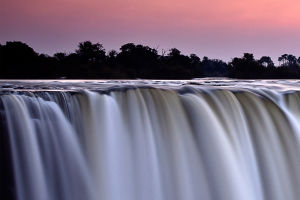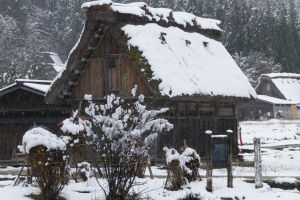Jakarta is the capital and largest city of Indonesia and the largest city in Southeast Asia. It is also the political, economic and cultural centre and land and sea transportation hub of Indonesia.
Many friends think that, due to the Greenhouse Effect, the first sunken city on Earth must come from Japan; after all, the Japanese can be said to be the most worried group of people in the world who have no home to return to.
However, Jakarta, the capital of Indonesia, is very likely to become the first city in the world to be submerged by the sea.
Today, 40% of the city is already below sea level, and by around 2050, at least 95% of the area will have disappeared. This means that, in just 30 years, Jakarta may no longer be on the land map of the Earth.
Jakarta is not only the capital and city of Indonesia, but it is also the largest city in Southeast Asia, where more than 30 million people live, making Jakarta the second largest metropolitan area in the world.
From a geographical point of view, Jakarta is located in the northwest of Java, the terrain is high in the south and low in the north. In this city, a total of 10 rivers flow, and the resources here are also very rich, especially the fertile land in the south.
It is extremely suitable for the growth of crops. From here, we can see that Jakarta has been a densely populated and prosperous city since ancient times.
However, in today's Jakarta, the former scenery is no longer, is gradually becoming a "waste capital", because Jakarta is located in low-lying coastal areas, and close to the marine swamp, which leads to Jakarta because of sea level rise, often suffering the fate of "flooding".
For example, on January 19 this year, there was torrential rain in Jakarta. The heavy rain caused stagnant water in many parts of Jakarta, and people travelling on the road were also trapped by Rain Water, causing severe traffic jams.
In addition, the researchers said that in addition to the Greenhouse Effect the large population of Jakarta is also the main reason for the sinking of Jakarta.
We all know that human activities cannot be separated from freshwater resources, and although there are 10 rivers, large and small, in Jakarta, most of these rivers are so polluted that in the face of the demand of tens of millions of people, demand simply exceeds supply.
This situation already happened more than 10 years ago. Take the Chitarong River, the largest freshwater river in Jakarta, for example, in the past,80% of Jakarta's freshwater resources came from this river, which can also be regarded as the "mother river" of Jakarta.
However, since the 1980s, due to the industrial development on both sides of the river, the pollution problem of the Zhitalong River has become more and more serious, and it has been impossible to continue to provide quality and quantity of fresh water for the people of Jakarta.
Jakarta people also continue to absorb underground freshwater resources to meet their daily freshwater needs.
However, we all know that excessive exploitation of groundwater resources will also accelerate the decline of the city, so Jakarta is naturally sinking at an accelerated rate.


